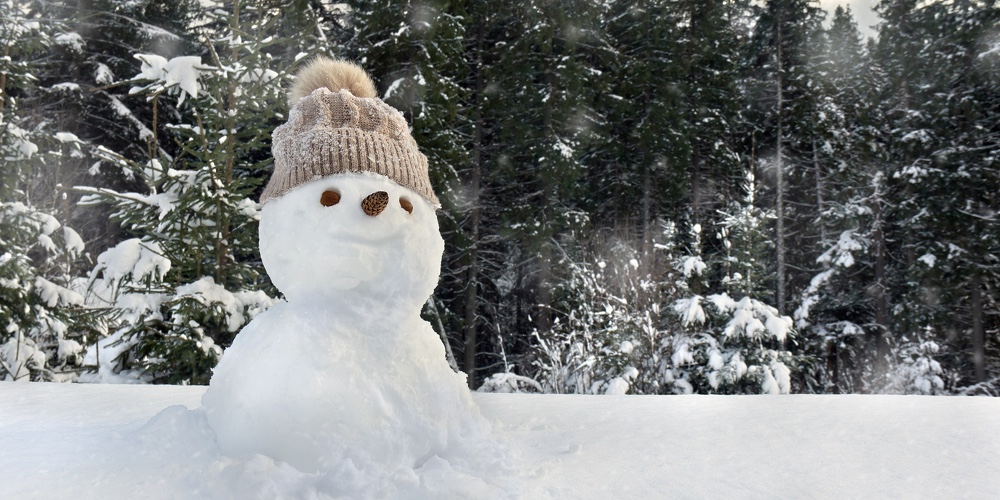How melting snow can increase flood risk for your home

Many parts of the eastern coast rang in 2022 with thundersnow—that’s right, thundersnow. If you’ve never heard of it, this rare phenomenon occurs when weather patterns characteristic of a rainstorm, such as thunder and lightning, are instead accompanied by heavy snow. The same storm system was responsible for dumping more than a foot of snow across Delaware and southern New Jersey, while parts of Maryland experienced an accumulation of 15.5 inches.
The severity of winter storms is only expected to increase with the effects of climate change. According to the National Oceanic and Atmospheric Administration (NOAA), “The frequency of extreme snowstorms in the eastern two-thirds of the contiguous United States has increased over the past century. Approximately twice as many extreme U.S. snowstorms occurred in the latter half of the 20th century than the first.”
As if surviving a winter storm wasn’t stressful enough, did you know that snowmelt can increase your home’s risk of flooding? That foot of snow it took to build Frosty has to go somewhere, and unfortunately, it often ends up running off beneath homes or in basements, which can lead to flood damage. Since flooding isn’t typically covered by homeowners insurance, it’s important to be aware of the risks that come with melting snow.
continue reading »
